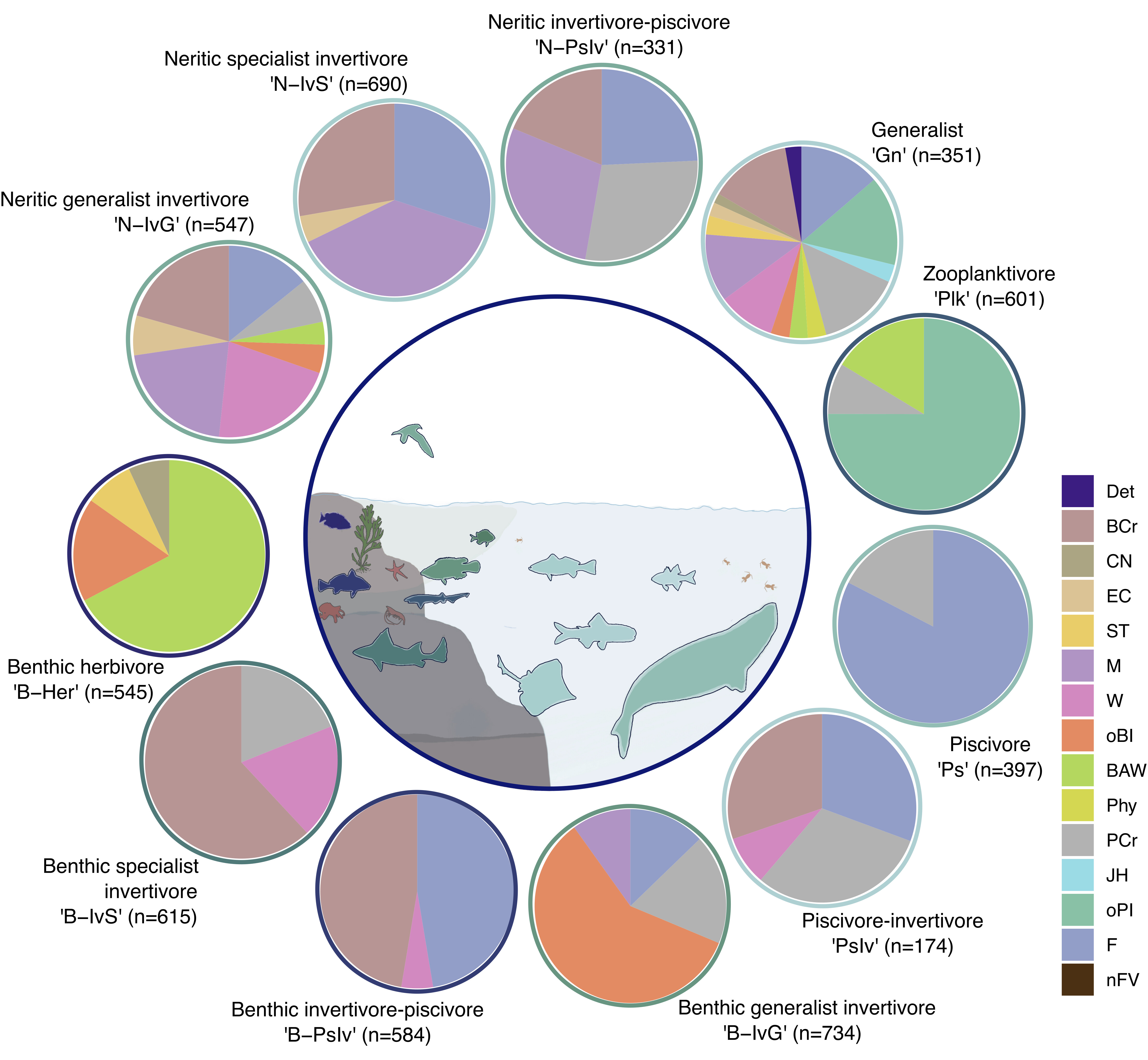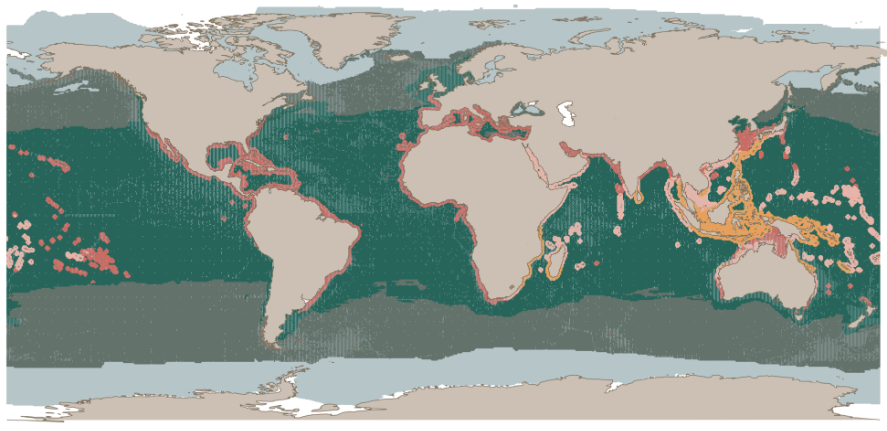What if the marine ecosystems of the Arctic and the Southern Ocean, though vastly separated, function in the same fundamental way? Our new paper in PNAS shows that across the world’s oceans, species with completely different evolutionary histories are converging on the same feeding strategies.
We’ve used cutting-edge machine learning to reveal a new biogeography for the sea, one based not on who lives where, but on how species eat.
Knowledge gap
Traditional marine biogeography focuses heavily on endemism and geographical isolation to define ocean regions. While this provides valuable insights into evolutionary history, it often overlooks how ongoing ecological pressures shape the way communities actually function.
The fundamental question was: Does the ocean’s vast, fluid nature—which allows for easier dispersal compared to terrestrial environments—prevent a robust convergence of feeding strategies at a global scale? Could functionally analogous communities exist far apart?
Main approach
To address this, we performed a global-scale regionalization of the ocean based entirely on the trophic structure of marine vertebrate communities (fish, mammals, reptiles, and seabirds).
We analyzed comprehensive dietary data for 5,569 species to see how they organize into functional groups, or trophic guilds, and how the presence and richness of these guilds vary across the entire global ocean in over 668,000 grid cells.
Technological challenge - how we tackle the study
Mobilizing and analyzing a unified dataset of this scale required a robust, multi-stage machine learning framework.
We utilized:
Unsupervised Clustering: We used k-modes clustering to classify all 5,569 species into eleven core trophic guilds based on their complex dietary preferences.
Fuzzy Clustering (AMDi): We mapped the global distribution of guilds and used fuzzy c-means clustering to objectively identify the emergent and distinct trophic communities (TCs).
Predictive Modeling: We trained powerful algorithms like Random Forests and Evolutionary Classification Trees to identify the key environmental variables—like temperature, depth, and salinity—that govern the spatial distribution of these TCs.
Main finding
We discovered six distinct types of trophic communities (TC1 through TC6) emerging consistently across the global ocean.

Fig. Characterization of eleven trophic guilds among marine vertebrates using unsupervised k-modes clustering.
Crucially, communities that are geographically distant and composed of species from different evolutionary lineages often converge into the same functional type when they share similar environmental conditions. This functional convergence is overwhelmingly dictated by:
Temperature: As temperatures decrease toward the poles, the overall trophic complexity (the variety of feeding strategies) generally decreases.
Depth: Shallower, coastal areas (like the Coral Triangle) support the most complex and specialized trophic communities.
Productivity: The availability of energy is a fundamental environmental factor driving the structure of these communities.

Fig. Global distribution of marine trophic communities and their characteristic diversity. The distribution of the six observed trophic communities.
Main implications
The existence of global trophic analogs provides a powerful new benchmark for conservation and management, directly supporting the UN 2030 Agenda for Sustainable Development. This finding means that:
Predictive Modeling: Since functionally analogous communities are likely to respond similarly to drivers like rising temperatures and changing energy availability, we can use this regionalization to better model and project the ecological impacts of global environmental change on ocean biodiversity.
Management: Conservation efforts can be made more effective by focusing on managing functional roles and trophic processes within these newly defined community types, rather than relying solely on traditional species-list based regions.